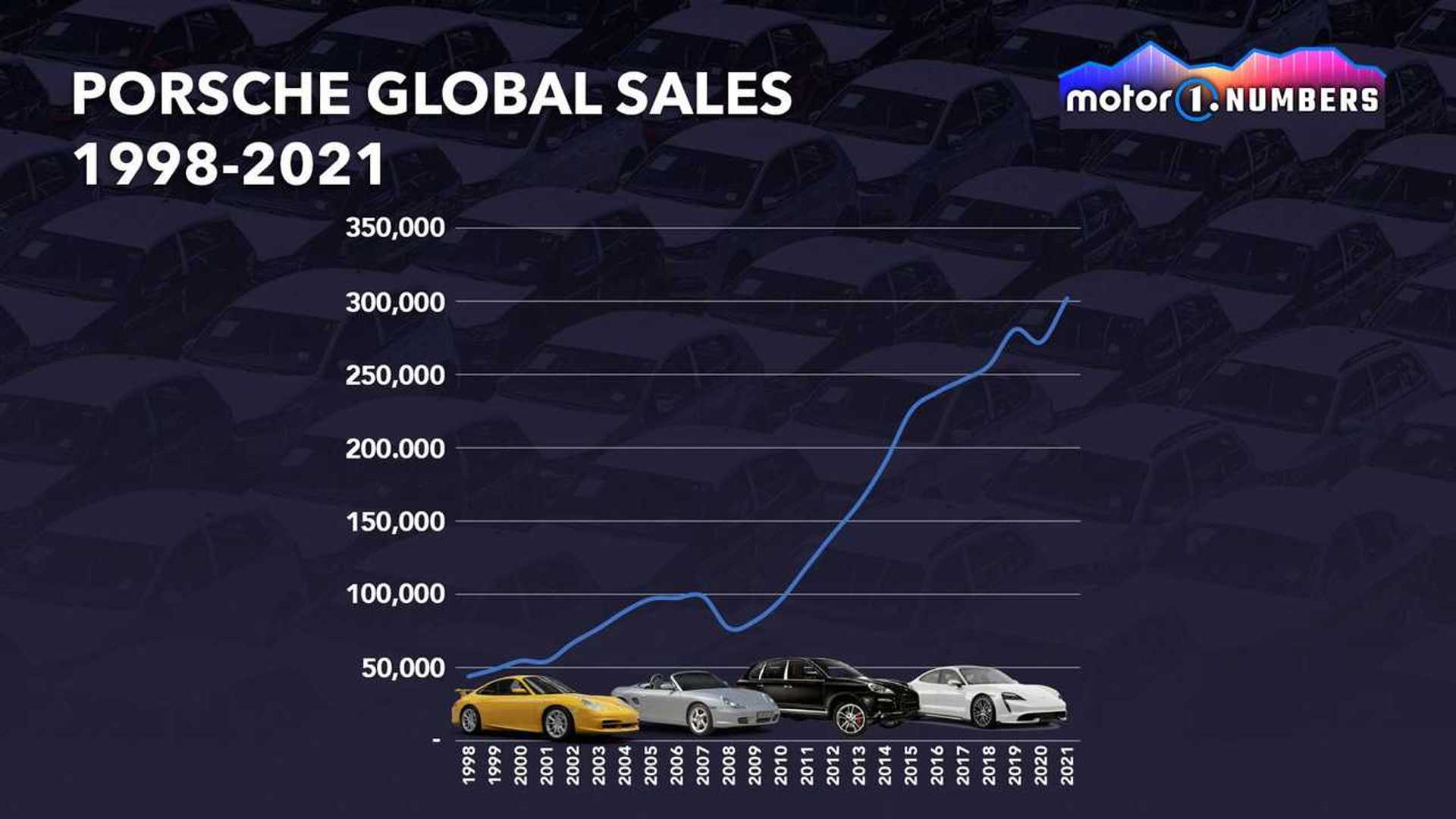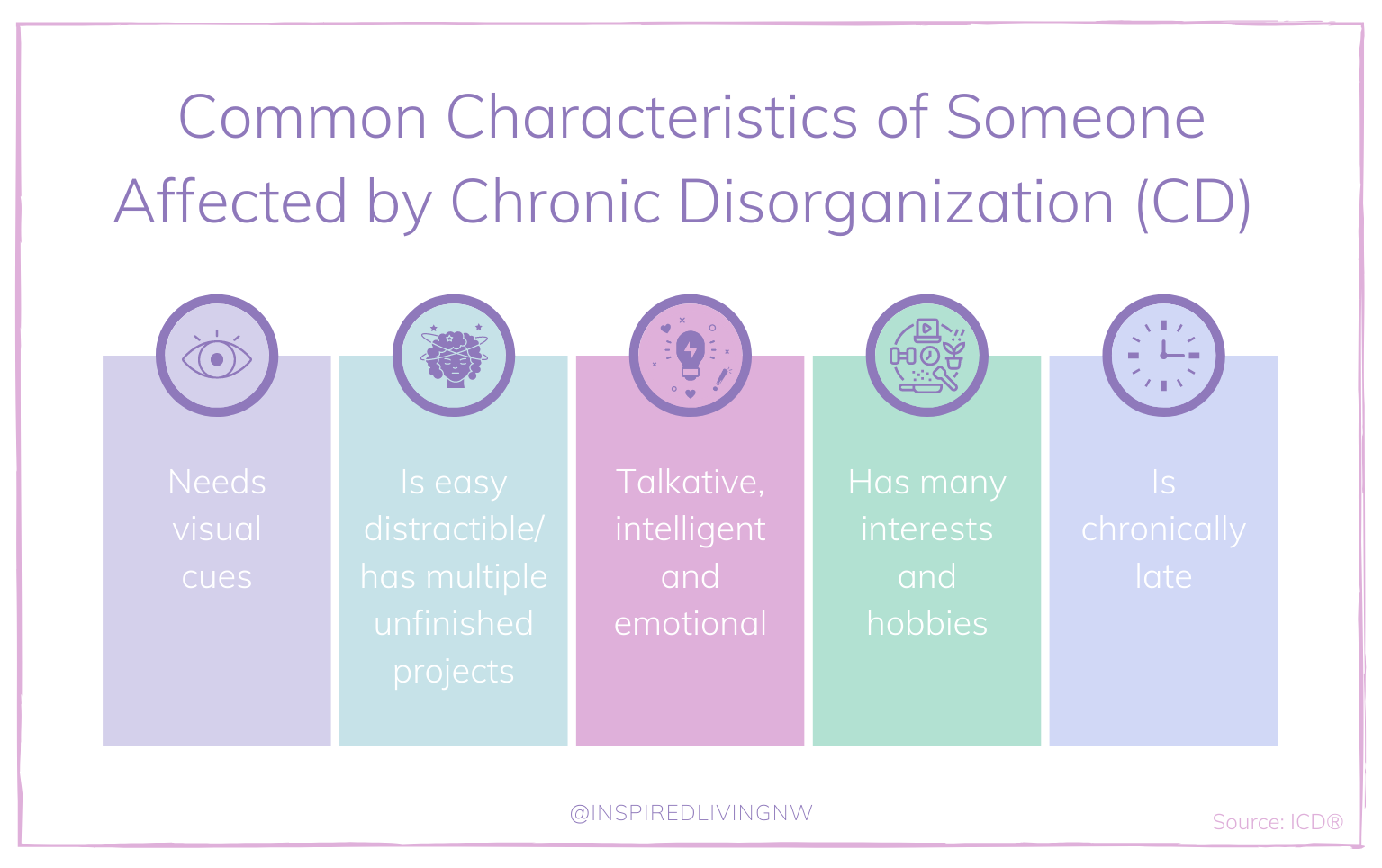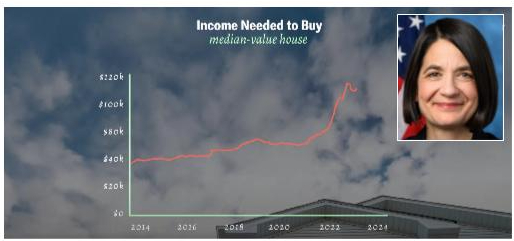Navigating The Chinese Market: The Case Of BMW, Porsche, And Others

Table of Contents
Understanding the Unique Dynamics of the Chinese Automotive Market
The Chinese automotive market is unlike any other, demanding a highly specialized approach. Success hinges on understanding three key pillars: the evolving Chinese consumer, the regulatory environment, and the competitive landscape.
The Rise of the Chinese Consumer
The Chinese consumer is transforming rapidly. Several factors contribute to this evolution:
- Shifting Preferences: There's a clear shift away from sedans towards SUVs and a growing interest in electric vehicles (EVs), fueled by environmental concerns and government incentives.
- Growing Middle Class: A rapidly expanding middle class enjoys increased disposable income, creating a larger pool of potential luxury car buyers.
- Influence of Social Media: Online reviews, social media influencers, and digital word-of-mouth significantly impact purchasing decisions. Platforms like WeChat and Weibo are crucial for reaching this audience.
- Younger Generation's Influence: Millennials and Gen Z in China are technologically savvy, brand-conscious, and highly influential in shaping buying trends. They prioritize personalized experiences and value brands that align with their values. For example, the popularity of ride-sharing services has changed how younger generations view car ownership.
Government Regulations and Policies
Navigating the Chinese regulatory landscape is crucial for foreign automakers. Key considerations include:
- Import Tariffs: High import tariffs can significantly increase the cost of imported vehicles.
- Emission Standards: Stringent emission standards push automakers to invest in cleaner technologies, favoring electric and hybrid vehicles.
- Local Content Requirements: Regulations often mandate a certain percentage of locally sourced components, necessitating local partnerships and manufacturing.
- Investment Restrictions: Foreign investment in the automotive sector is subject to specific regulations and approvals.
- Government Incentives for EVs: Significant government subsidies and tax breaks encourage the adoption of electric vehicles, creating a dynamic market segment.
Understanding and adapting to these regulations is paramount to success in the Chinese automotive market, requiring significant legal and strategic expertise.
Competition from Domestic Automakers
The rise of powerful domestic automakers presents a considerable challenge. Brands like Geely, Great Wall Motors, and BYD are rapidly innovating, producing high-quality vehicles at competitive prices. These companies are not only challenging established brands in the mass market but are also making inroads into the luxury segment with technological advancements and sophisticated designs. This increased competition necessitates continuous innovation and adaptation for foreign automakers.
Case Studies: BMW and Porsche in China
BMW and Porsche, despite their distinct approaches, both demonstrate successful strategies within the Chinese market.
BMW's China Strategy
BMW's success stems from a multifaceted approach:
- Localization Efforts: Significant investments in local manufacturing, R&D facilities, and marketing tailored to Chinese consumer preferences have been key.
- Model Adaptations: BMW has successfully adapted models to suit the specific needs and tastes of the Chinese market, including features like longer wheelbases for enhanced rear-seat comfort.
- Dealership Network: A robust and extensive dealership network ensures widespread accessibility and customer service.
- Targeted Marketing: BMW's marketing campaigns effectively resonate with Chinese consumers through a blend of traditional and digital marketing channels.
Porsche's Approach to the Chinese Market
Porsche focuses on maintaining its brand exclusivity while expanding its reach:
- Brand Prestige: Porsche leverages its reputation for luxury, performance, and craftsmanship.
- High-Net-Worth Segment: The brand primarily targets affluent Chinese consumers, emphasizing the exclusivity and prestige associated with Porsche ownership.
- Luxury and Performance Marketing: Marketing campaigns highlight the brand’s heritage, performance capabilities, and luxurious features.
- Digital Marketing: Porsche maintains a strong online presence, effectively using digital marketing tools to engage with potential customers.
Key Factors for Success in the Chinese Automotive Market
Several key factors contribute to success in the Chinese automotive market.
Localization and Customization
Tailoring products and marketing to specific Chinese consumer preferences is essential:
- Product Adaptation: Adapting vehicle features, design elements, and functionalities to meet local tastes and demands.
- Marketing Localization: Adapting marketing messages and branding to resonate with Chinese cultural nuances.
- Local Partnerships: Collaborating with local businesses and suppliers for efficient operations and market access.
Building a Strong Local Presence
Establishing a robust presence on the ground is crucial:
- Dealership Network: A vast and well-maintained dealer network ensures accessibility and customer support.
- Local Manufacturing and R&D: Investing in local manufacturing capabilities reduces costs and enhances responsiveness to market changes.
- Government Relations: Cultivating positive relationships with government officials and regulatory bodies is vital for navigating bureaucratic processes.
Embracing Digital Marketing
Leveraging digital platforms is paramount for reaching Chinese consumers:
- Social Media Marketing: Effectively using platforms like WeChat and Weibo for targeted marketing and customer engagement.
- E-commerce and Online Sales: Utilizing online sales channels to reach a broader audience and streamline the purchasing process.
- Data Analytics: Employing data analytics to understand consumer preferences, track campaign effectiveness, and refine marketing strategies.
Conclusion
Successfully navigating the Chinese automotive market demands a comprehensive understanding of its unique dynamics. Consumer preferences are evolving rapidly, government regulations are complex, and domestic competition is fierce. BMW and Porsche’s success highlights the importance of strategic localization, robust local partnerships, and a keen awareness of the digital landscape. The Chinese automotive market presents immense opportunities for growth; however, it's a market that requires careful planning, cultural sensitivity, and a dedication to long-term engagement.
Call to Action: Are you ready to explore the immense potential of the Chinese market? Don't navigate this complex landscape alone. Contact us today to learn how our expertise in market research, strategy development, and localized marketing can help your business succeed in China's dynamic automotive sector. Let's navigate the Chinese market together!

Featured Posts
-
 How You Tube Caters To The Needs Of Older Viewers
Apr 29, 2025
How You Tube Caters To The Needs Of Older Viewers
Apr 29, 2025 -
 Yukon Legislature Contempt Threat Over Mine Managers Testimony
Apr 29, 2025
Yukon Legislature Contempt Threat Over Mine Managers Testimony
Apr 29, 2025 -
 8 Subtle Signs Of Adhd In Adults From Chronic Disorganization To Poor Time Management
Apr 29, 2025
8 Subtle Signs Of Adhd In Adults From Chronic Disorganization To Poor Time Management
Apr 29, 2025 -
 Increased Rent After La Fires Allegations Of Landlord Price Gouging
Apr 29, 2025
Increased Rent After La Fires Allegations Of Landlord Price Gouging
Apr 29, 2025 -
 Dwindling Resources Fuel Calls To End Israels Gaza Aid Ban
Apr 29, 2025
Dwindling Resources Fuel Calls To End Israels Gaza Aid Ban
Apr 29, 2025
